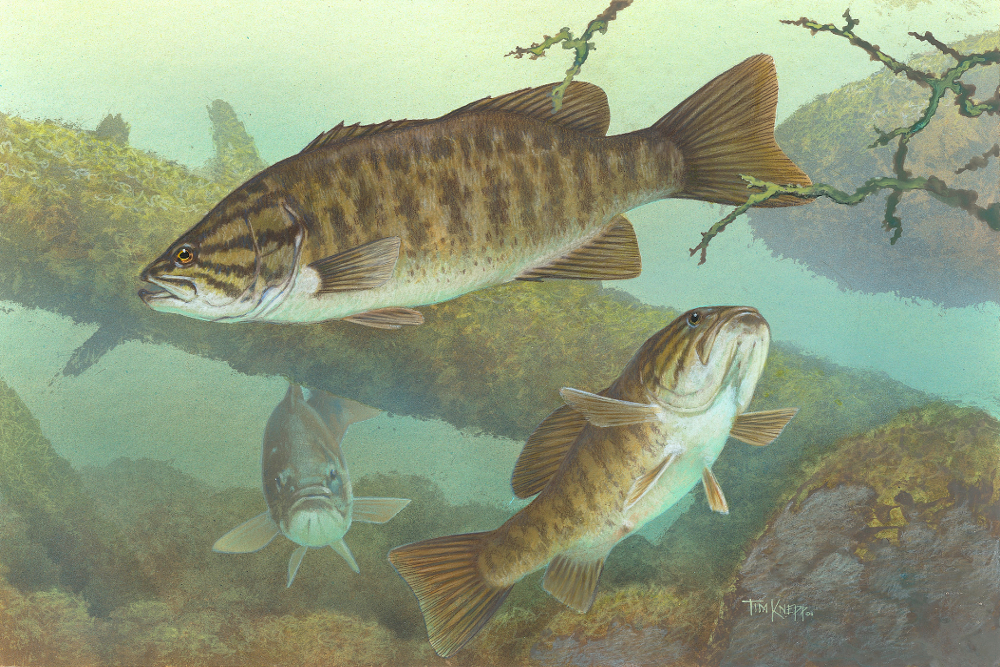
Environmental Signs Suggest Atrazine Is Becoming a Serious Health Threat
Atrazine, which was approved for use in 1958, is the second most commonly used herbicide in the U.S. More than 73 million pounds of it are applied to golf courses, lawns and food crops each year.1 As just one example of its prevalence, as much as 80 percent of all the herbicides used in Vermont are atrazine-based.
October 19, 2016 | Source: Mercola | by Dr. Joseph Mercola
Atrazine, which was approved for use in 1958, is the second most commonly used herbicide in the U.S. More than 73 million pounds of it are applied to golf courses, lawns and food crops each year.1 As just one example of its prevalence, as much as 80 percent of all the herbicides used in Vermont are atrazine-based.
Meanwhile, Europe banned atrazine in 2005 due to suspected health concerns and environmental damage, including the high risk of water contamination.
Indeed, research clearly shows that atrazine has a potent "gender-bending" impact on marine life, including fish, alligators, turtles and frogs, and many scientists suspect it may be equally harmful for humans.
Most recently, testing reveals a shocking 85 percent of male smallmouth bass in 19 American wildlife refuges, including the Missisquoi National Wildlife Refuge located near the U.S. and Canada border, are carrying eggs.
Gender-Bending Chemicals Are Turning Male Fish Into Females
In other words, a vast majority of the male fish are turning into females, and the primary culprits are estrogenic compounds such as those found in birth control pills, bisphenol A (BPA, a chemical used in plastic) and the herbicide atrazine.
Smallmouth bass are known to be very sensitive to pollutants, hence researchers use them as an "indicator species" when evaluating the ecological impact of environmental pollutants. In the case of water pollution with endocrine disrupting chemicals, the situation appears severe.
The lowest incidence of feminization or intersex in the wildlife refuges tested was 60 percent. The highest was 100.2
While some fish species are hermaphrodites, meaning they can change sex in order to protect the continuation of the species, non-hermaphroditic fish that turn into females do not contribute to species survival. On the contrary, it contributes to sterility.
